The content of the article
Rice is a leader in the world among the most popular side dishes. The cereal product is rich in beneficial enzymes, and each species has unique properties. Many people think about how useful and harmful red rice is. In our country, he is just beginning to gain momentum, so it makes sense to consider the characteristics in more detail.
Types and features of red rice
Grinded fellow, or white rice, is deprived of almost all useful elements. At this time, his unpolished companion contains all the nutrients.
Due to the special processing under the shell of the grain, valuable amino acids, mineral compounds and vitamins are preserved. The surface of the bran-like allows you to prepare a side dish with a nutty aftertaste.
Almost all types of rice have a round shape and red color with possible shades. The color palette depends on the method of processing raw materials and the preparation itself.
Residents of each country have identified for themselves a specific type of cereal, which has gained the greatest popularity.
The most popular varieties of rice include the following:
- "Cargo" (Thailand) - the grains have an elongated shape, the grass does not spread out during the heat treatment process. After cooking, the rice has a sweet aftertaste, despite the bran shell.
- "Mars", "Rubin" (Russia) - rice species are successfully cultivated in the open spaces of our homeland. Varieties are widely sought after by Russians for undeniable benefits and relatively low pricing. Grains fit snugly together, do not stick together and do not fall apart during cooking.
- "California Ruby", "Colusari" (USA) - these varieties of rice belong to the "premium" segment, they are served as a side dish and delicacy at the same time. It is not known why the composition is so valuable because it has the same characteristics as the Russian Rubin.
- Dev-Zira (Uzbekistan) - the grains are covered with rice bran shell,which allows you to save valuable enzymes. Initially, rice was cultivated in Uzbekistan, and later it began to be grown everywhere. The main feature of the cereal is its soft structure, which allows you to prepare a side dish in a short time.
- "Japan" (Japan) - as can be understood from the name, rice grows mainly in the country of the rising sun. It is on the basis of such rice that famous Japanese sushi and rolls are prepared. Grains have a size between an average and minimum mark, possess saturated aroma.
- "Camargue" (France) - a cereal crop is grown in southern France, the temperate climate does not overdry small grains and retains all their value. The pleasant smell and nutty aftertaste, preserved in rice, will entice even the most scrupulous gourmet.
In addition to the varieties listed above, rice can be Bhutanese and Himalayan. A distinctive feature of these species is considered to be a delicate pink hue of the grains after preparation.
It should be said separately that the germinated rice carries indisputable benefit to the human body. It is distinguished by its rapid digestibility and even greater accumulation of useful chemical elements.
The composition and use of elements of red rice
No wonder red rice belongs to the elite varieties, it is valued for a rich list of useful enzymes. So, regardless of the variety, grains are rich in protein (9%), natural fat (less than 1%), and carbohydrates (about 77%). Iron, iodine, copper, calcium, magnesium, phosphorus, and potassium are separated from mineral substances.
Nicotinic acid, thiamine, tocopherol, aneurinum, pyridoxine, riboflavin, niacin are present in red rice. The composition is also rich in anthocyanins (parationides), antioxidants, lignans, gluten, starch, amino acids and fiber.
The group of vitamins B - is responsible for increasing all metabolic processes in the body. The elements put in order the psycho-emotional background of a person, increase blood circulation, restore tissue at the cellular level.
Tocopherol, or vitamin E, is responsible for the health of hair and nails. Dosed consumption of red rice will accelerate the production of collagen, smoothing the tone of the face and eliminating mimic wrinkles.
Magnesium - a beneficial effect on the human central nervous system, an element helps to combat insomnia, relieves the effects of stress (exhaustion, dark circles under the eyes, etc.).Magnesium allows athletes to maintain muscle tissue, relieves a person from headaches, and partially treats asthma.
Calcium - in combination with magnesium and potassium protects teeth from caries and strengthens enamel, fills the voids in the core of the bones, fights against osteoporosis and arthritis.
Iron - accelerates the production of hemoglobin, prevents the risk of anemia.
Cellulose - normalizes the work of the digestive tract, creates a protective film in the stomach, not allowing tumors to appear on the mucous membrane. Thanks to fiber, the risk of developing ulcers and exacerbation of gastritis is reduced.
The benefits of red rice
- Due to the abundant amount of iron, red rice is useful for people with anemia. The product helps the body produce its own insulin, which favorably affects the health of diabetics.
- Rice kernels cleanse the body of radionuclides, and also prevent the appearance of cancer cells. Antioxidants cleanse the 12-duodenum from waste, remove poisons from the stomach walls.
- Dietary fibers are responsible for the functioning of the intestinal tract, normalize digestion, and kill harmful bacteria.Components are responsible for the formation of microflora, saving a person from dysbiosis.
- Regular consumption of boiled rice cleans the vessels and compacts their walls. The risk of blood clots is reduced, blood pressure returns to normal.
- The contained salts clean the kidneys and liver, contribute to the full work of the heart muscle. Red rice reduces to zero the chance of getting breast or intestinal cancer.
- Red rice is useful for the male half of humanity to increase potency and improve reproductive function. Women grains help relieve pain during menstruation.
- The accumulation of gluten makes red rice almost hypoallergenic, with the exception of individual intolerance to the incoming substance. You can give cereal to children without fear of side effects.
- Red rice accelerates the production of serotonin - the hormone of happiness. Due to this, pregnant girls will cope with mood swings, and nursing mothers will improve the quality and taste of milk.
The benefits of red rice for weight loss
- Grains of reddish and pinkish hues are widely used by nutritionists to create a menu for peoplewho want to get rid of extra pounds.
- This is not surprising, because the calorie content of the product is 370 Kcal. (taking into account 100 gr.). Due to the existing shell in unpolished grains, antioxidants are preserved, which contribute to the burning of fat.
- Red rice is useful for people with obesity, as well as for those who wish to remove a couple of centimeters from the waist.
- Nutritionists make special weight loss programs, which are based precisely on red rice. The secret to losing weight is simple: getting into the stomach, rice grains fill the cavity of an internal organ.
- Saturation is faster and persists for a long time. Over time, rice swells, dulling the possible feeling of hunger. Fighting overweight is possible only if you eat rice without salt in boiled form.
Red rice harm
- If you use culture in large volumes, you may develop constipation.
- Red rice is fertilized with arsenic. If you buy a substandard product, a harmful compound will accumulate in the body.
- If you abuse red rice, due to the high caloric content on the sides and thighs extra centimeters will begin to be put off.
- Experts strongly advise to abandon rice, if you have a period of exacerbation of diseases of the digestive organs.
Red rice is good for everyone. Add a cereal to your daily menu if you suffer from diabetes, anemia, diarrhea, celiac disease, obesity, arthritis, osteoporosis. Begin acquaintance with the product gradually, introducing it into the diet in small portions.
Video: warm red rice salad with raisins and dried apricots


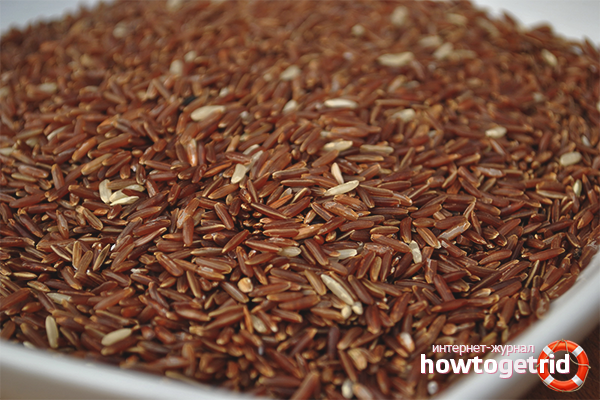
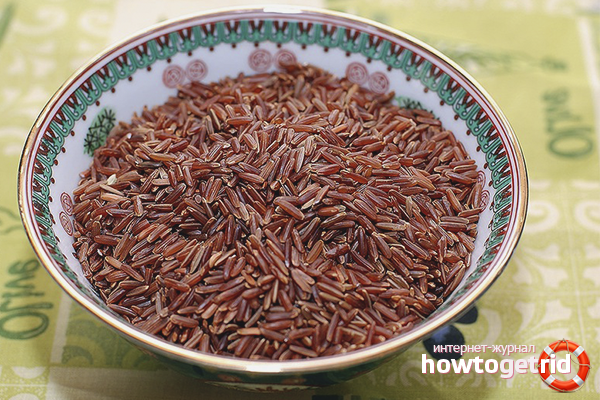




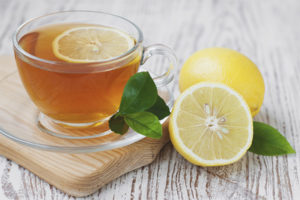
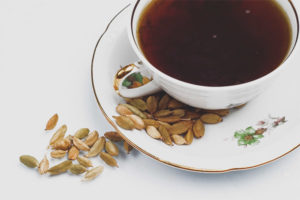
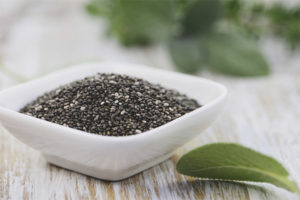
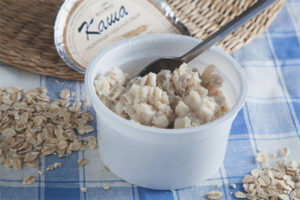
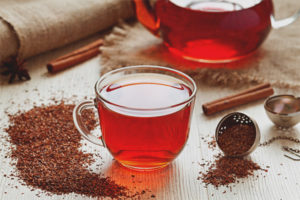
To send